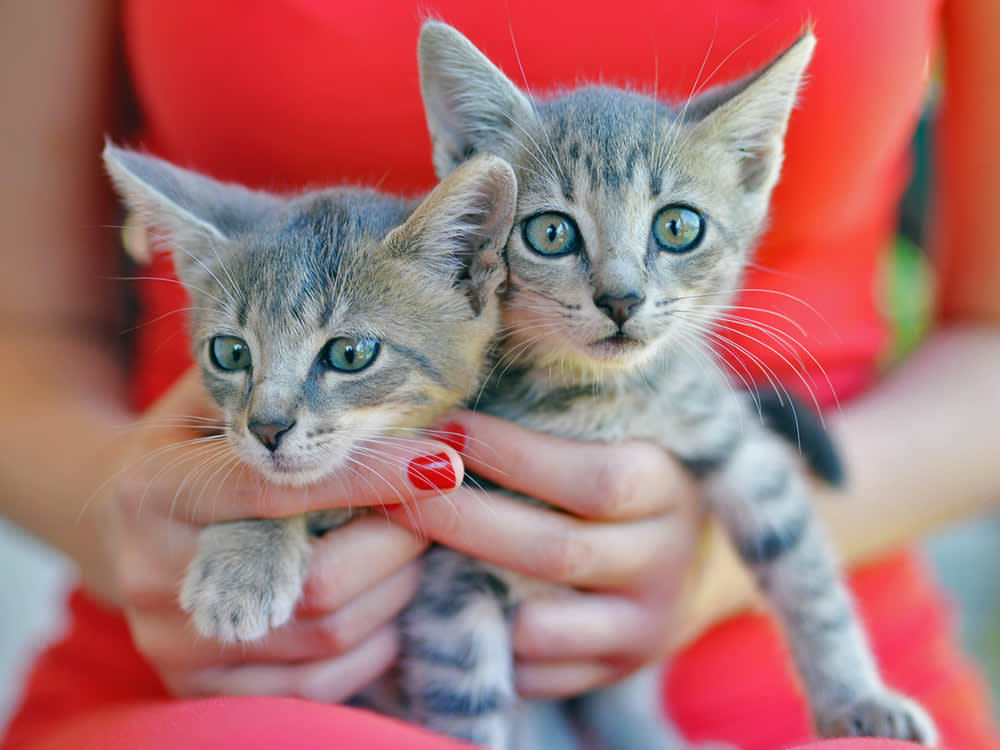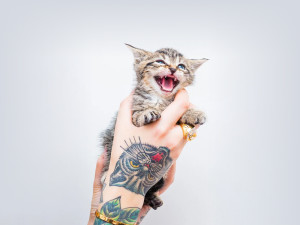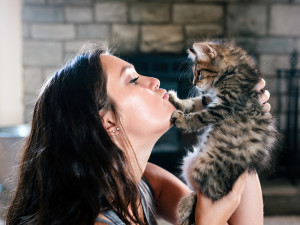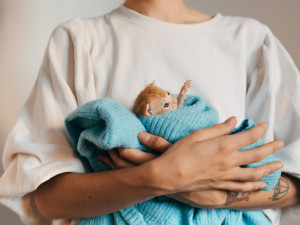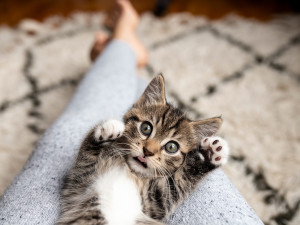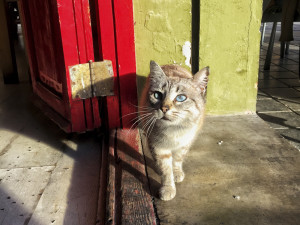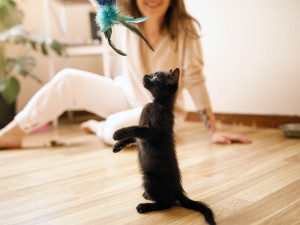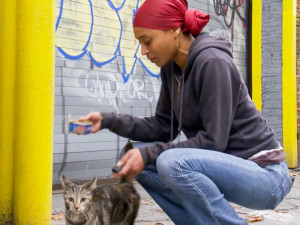Why Kitten Season Is Getting Longer and More Intense Every Year
And what you can do to help.
To the average cat lover, the words “kitten season” may conjure a sense of delight — what could be better than hordes of those adorable little creatures being brought into the world? But to those in the animal welfare and rescue communities, kitten season is something to dread.
The annual explosion of new kittens being born has always meant that shelters and rescue networks will be stretched to their breaking point when it comes to time, finances, and even emotional resources.
Save on the litter with color-changing tech that helps you better care for your cat.
“Kitten season” typically runs from spring to early fall. Like many animals, cats typically begin to mate and give birth after winter is over, when the outdoor climate is less hostile to raising new life and food is more abundant. But rescue organizations and animal welfare groups report that in recent years, the season has begun starting earlier and earlier. Overall, the numbers of kittens being born seems to be booming all year long.
“Last year was an unprecedented kitten season,” says Becky Wisdom, president of New York City rescue organization Greenpoint Catsopens in new tab. Wisdom cites the fact that last summer Animal Care Centers of NYC, the city’s largest shelter, actually had to close their doors opens in new tab to new cats because they were so inundated, which she says is far from standard practice for the ACC.
How much do you spend on your pet per year?
“I’ve never seen them close intake to cats,” she adds. “And no one else that I know in the rescue and animal welfare community had ever seen them close intake… it’s 100 percent an indicator that our cat population and kitten population was unmanageable and out of control.”
Kitten season is actually all year.
“We’ve been having so many pregnant cats, as early as January,” says Meagan Licari, president and director of rescue organization Puppy Kitty NYCopens in new tab.
Licari shared a bar graph of her organization’s rescue numbers over the course of 2023, which shows a shockingly even distribution, with intake numbers in February matching those in some warmer months, like May. “Kitten season is really all year round,” Licari says.
In the face of all this anecdotal evidence for a worsening kitten season, one might assume that climate change is the likely culprit. After all, if winters are becoming milder, it stands to reason that cats might be reproducing ahead of schedule.
But while there’s scientific research confirmingopens in new tab that feline estrus is triggered by lengthening daylight hours over the months, there isn’t much solid research on the correlation between warmer winters and cats’ breeding habits.
For their part, the animal rescue community is willing to entertain the idea that climate change could be a factor, but each of them also pointed to a host of systemic and logistical roadblocks that pose a much more immediate problem. Lindsay Branch, director of community programs at Flatbush Catsopens in new tab, specifically called out the lack of affordable veterinary care.
“We’re at a point now where I think the statistic is half of Americans can’t afford a basic vet visit, much less to get their animals fixed,” Branch says. They attribute this — at least partially — to a drastic change in the general landscape of vet care. “I have people that are getting quoted north of a grand to get a kitten fixed, which would be unheard of not too long ago. That’s not attainable for most families that have a pet.”
And pet parenthood isn’t getting cheaper.
With a nationwide rise in the cost of living, which hits especially hard in urban centers like New York, people prioritize necessities, like rent and food. It’s not hard to see why some pet parents consider spaying or neutering a superfluous expense.
“All of the families that we meet at our low-cost clinic have one thing in common: They love their animals dearly,” Branch adds. “They want what’s best for them. And being unable to access the care that these animals need can put people in horrible situations, where they’re overwhelmed and unable to keep the pets that they so desperately want.”
Unfortunately, this issue is even more prevalent in the feral cat population. Despite the increasing social awareness of TNR (trap, neuter, release) programs and the hard work of countless volunteer organizations, rescuers feel they are barely making a dent with their efforts, and many cats continue to conceive and birth litters on the street, where the survival rate for kittens plummets.
“It’s kind of like — excuse my language — but it’s like shoveling sh*t against the tide,” Licari says. “Like, what’s the point of me spaying and neutering 10 outdoor cats when a bodega is just selling kittens?”
But there is hope.
While these systemic problems may be a less tidy explanation for an intensifying kitten season than climate change, there is one silver lining: These issues are much more within our grasp to solve.
“Really, it’s a resource question,” Branch adds. “There’s a lot of additional complicating factors, but this is a fixable problem… And I think that if we can muster the collective will to address this, it is something that we can absolutely tackle.”
Aside from more resources from federal, state, and municipal governments, there are ways for the average citizen to help, too. You can provide aid to spay and neuter efforts through donations (of either time or money) to local rescue organizations, becoming a foster parent to cats and kittens awaiting adoption, and simply paying attention to what’s going on in your immediate community.
“Being able to tackle what’s happening in your own backyard can really help fix the problem on a very local level,” Wisdom says. “And that’s our goal: For every community to really take care of the cats on their block.”
